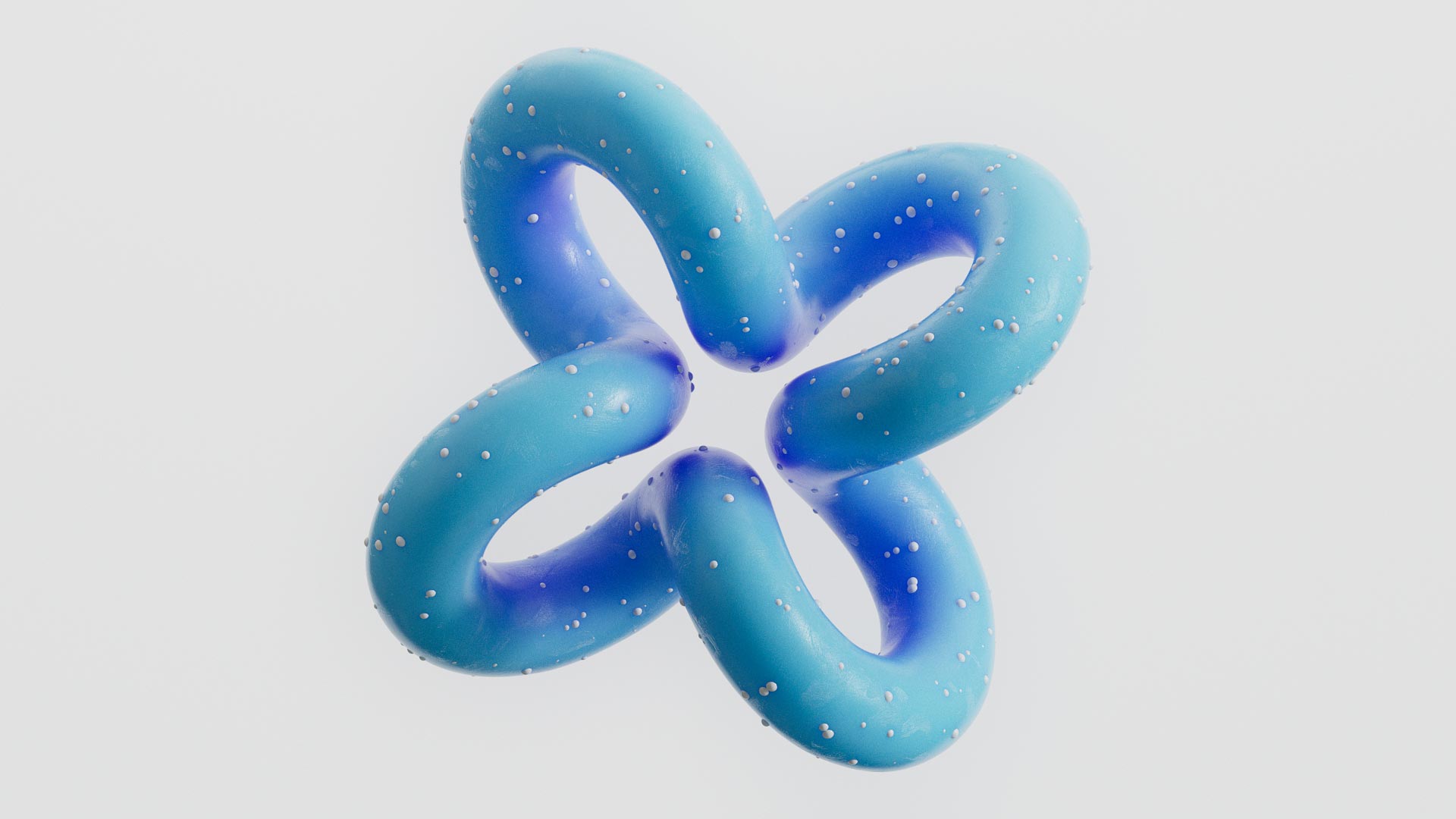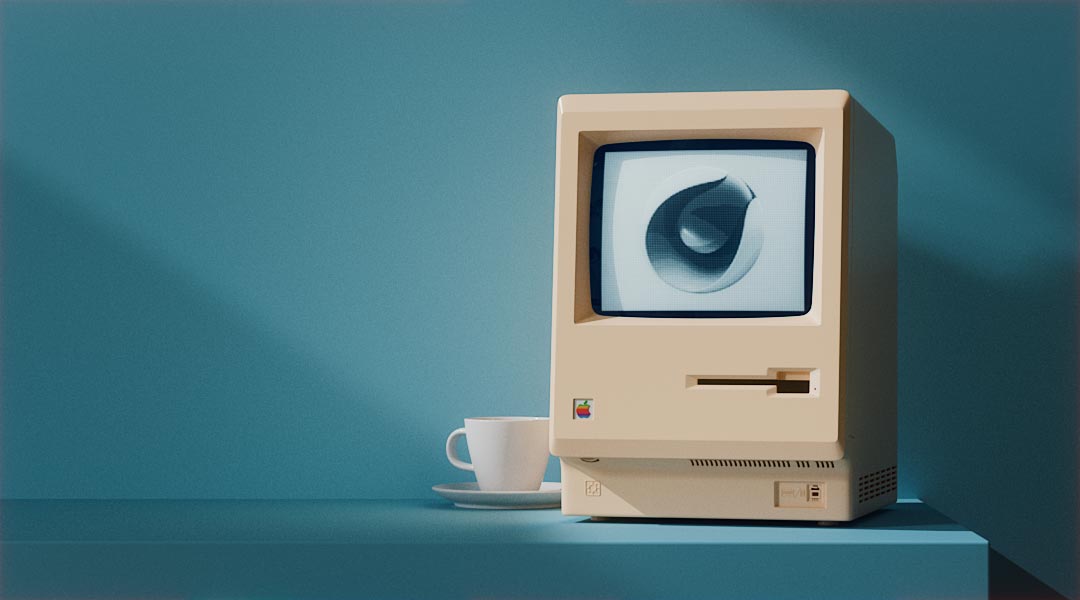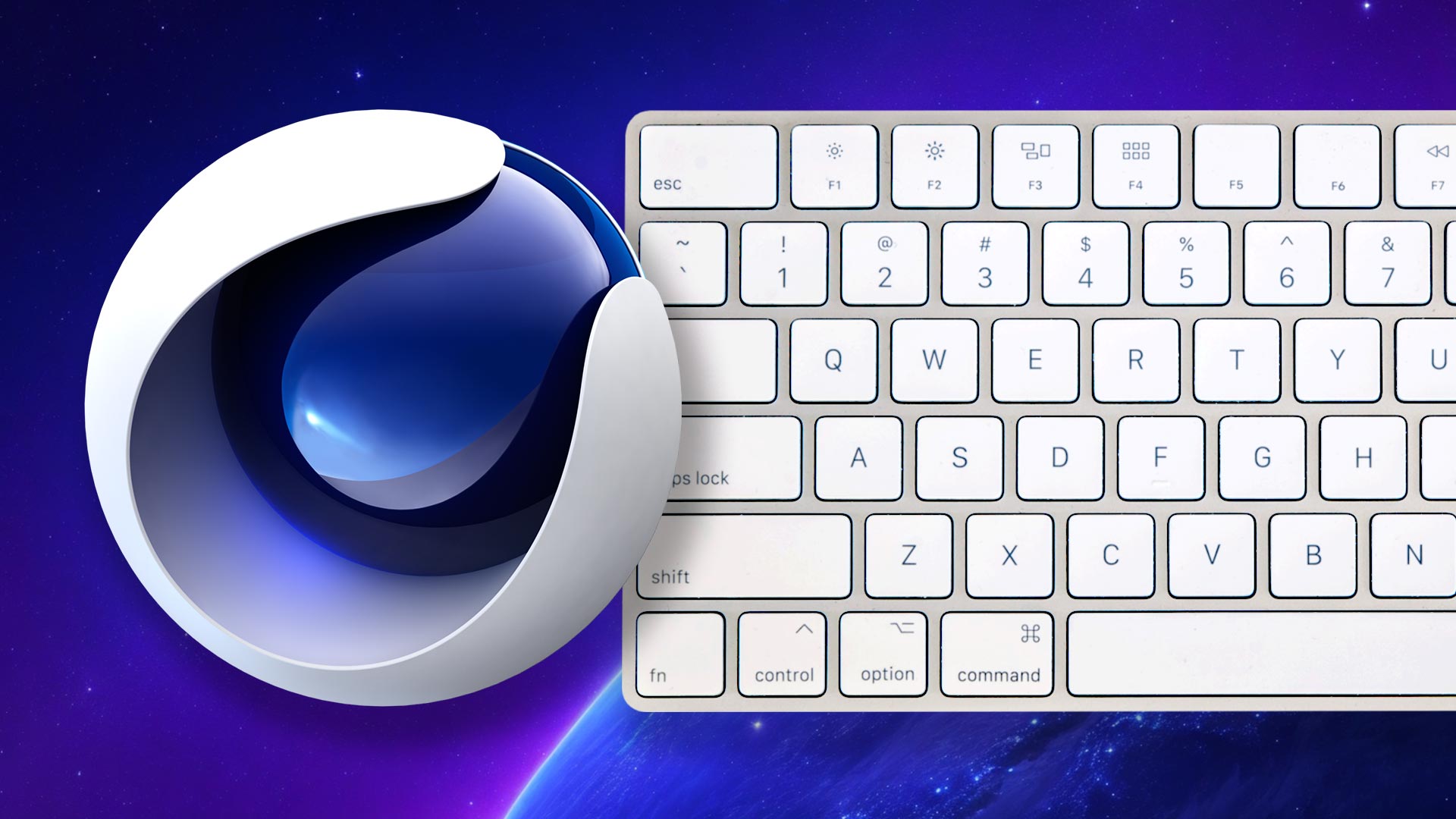Dave
Forum Replies Created
-
Hey Stella,
A black render in Redshift usually means one of a few things:
- No Lights in the Scene – Redshift doesn’t have a default light, so you need to add at least one (like a Dome Light, Area Light, or Physical Sky).
- Wrong Render Viewport – Make sure you’re using the Redshift Render View instead of the default C4D viewport renderer.
- Camera Issues – If a camera is set up but not enabled in the render settings, you might be looking at nothing. Try disabling the camera or adjusting its position.
- Materials Not Loaded – If the scene uses textures that are missing, the objects might not be rendering correctly. Check the Redshift Material Manager for missing textures.
- Check Redshift Installation – Make sure Redshift is correctly installed and enabled in your C4D Preferences → Renderer settings. If it’s not showing up, try reinstalling or updating it. Also, ensure that your GPU is supported and properly configured in the Redshift System settings.
Try these and let me know if the issue persists!
Cheers,
Dave
-
Hey Israel, sounds like an interesting setup! The issue is likely due to how the Parent Constraint interprets transformations when you flip the character along the Z-axis. When you scale an object negatively, it can cause an unintended inversion of rotation due to how Cinema 4D handles coordinate space.
A possible fix:
- In the Parent Constraint settings, try enabling ‘Maintain Original’ or adjusting the ‘Up Vector’ to keep the orientation stable.
- Another option is to use an Aim Constraint instead of flipping geometry. This could keep the features facing the camera without the need for a second character.
- If flipping is necessary, you might need to add an extra Null as an intermediary between the constrained object and the bone, then invert its rotation manually or with an XPresso setup to counteract the unwanted rotation.
Let me know if that helps or if you need more details!
-
Hey Josh,
You can achieve this effect by just wrapping a helix around a circle. I’ve just made a quick project file for you at the link below, let me know if you want me to make a tutorial;)
https://cgshortcuts.com/twisted-abstract-shapes-in-cinema-4d/
cgshortcuts.com
Twisted Abstract Shapes In Cinema 4D | CG Shortcuts
Twisted Abstract Shapes in Cinema 4D - an easy way to make complex abstract shapes in Cinema 4D.
-
Hey Joanna, other than what I mention in this video: https://cgshortcuts.com/what-computer-do-you-need-for-cinema-4d
Here’s some ideas:
Budget Options ($200–$400):
-
Dell UltraSharp U2422H
- 24″, 1920×1080, 99% sRGB, factory calibrated.
- Affordable, great color accuracy, compact size for smaller setups.
-
BenQ PD2705Q
- 27″, 2560×1440, 100% sRGB, HDR10 support.
- A step-up resolution, with great color fidelity for creative work.
-
ASUS ProArt Display PA278CV
- 27″, 2560×1440, 100% sRGB and Rec. 709, Calman Verified.
- Designed for creators on a budget, with excellent color calibration.
Midrange Options ($500–$1,000):
-
LG UltraFine Ergo 32UN880-B
- 32″, 4K UHD, 95% DCI-P3, HDR10, Ergo arm for flexible positioning.
- Ideal for multitasking and precise motion graphics work.
-
Eizo FlexScan EV3895
- 37.5″, ultrawide 3840×1600, 100% sRGB.
- Perfect for increased workspace and stable color, with excellent ergonomics.
-
Dell UltraSharp U3223QE
- 32″, 4K UHD, 99% sRGB + 99% DCI-P3, IPS Black panel.
- High resolution with deep contrast and professional-grade color.
High-End Options ($1,000+):
-
Eizo ColorEdge CG319X
- 31″, 4K+ (4096×2160), 99% AdobeRGB, HDR Gamma support, built-in calibrator.
- The ultimate in color accuracy and stability for demanding workflows.
-
Apple Pro Display XDR
- 32″, 6K Retina (6016×3384), P3 wide color gamut, HDR.
- Unmatched resolution and brightness for a premium experience.
-
ASUS ProArt PA32UCX
- 32″, 4K HDR, 99% AdobeRGB, 97% DCI-P3, HDR 1000 certified.
- Outstanding for professionals seeking top-tier HDR and wide gamut accuracy.
Additional Tips:
- Color Calibration: Invest in a color calibrator like the X-Rite i1Display Pro or Datacolor SpyderX to maintain accuracy.
- Panel Type: Look for IPS panels for better color and viewing angles compared to gaming-focused monitors with TN panels.
- Resolution: At least QHD (2560×1440) is recommended for Cinema 4D; 4K is even better for detailed projects and expanded workspace.
cgshortcuts.com
What Computer Do You Need For Cinema 4D? | CG Shortcuts
What to keep in mind when looking for a new Cinema 4D workstation.
-
-
Hi Israel, there’s actually a few good tutorials on youtube about this already, did you try these?
https://www.youtube.com/watch?v=PouTnEErU40&pp=ygUUYzRkIHBvd2RlciBleHBsb3Npb24%3D
https://www.youtube.com/watch?v=-O5xknV11Kw&pp=ygUUYzRkIHBvd2RlciBleHBsb3Npb24%3D
-
Hi Parag, I think the easiest way to do something like this is to create the shockwave in After Effects, you’ll have more flexibility in getting the right look. Then render that out as a black and white matte and use it in C4D inside a material which you can stack on top of the ground material. I’ll see if I can knock together a project file and tutorial for you;)
-
Hey Matt, render settings are actually stored within the project file itself. If you mean your saved layouts or keyboard shortcuts etc, you can find them in your preferences folder.
This tutorial might help:
https://cgshortcuts.com/export-your-cinema-4d-shortcuts-keys
cgshortcuts.com
Export Your Cinema 4D Shortcuts Keys | CG Shortcuts
How to export your Cinema 4D shortcut keys from one version of C4D to another.
-
Cheers Mimi,
If your object is spinning out of control in all directions when rotating, you’re likely running into gimbal lock. This happens because Cinema 4D uses Euler angles for rotation, meaning the rotation axes are applied in sequence (X, then Y, then Z). At certain angles, one axis can align with another, causing unexpected and uncontrollable motion.
How to Fix It:
Instead of rotating the object directly, place it inside a Null and rotate the Null instead. This works because:
✅ The Null acts as a parent, allowing free rotation.
✅ Your object stays inside, avoiding axis misalignment.
✅ It prevents gimbal lock, keeping rotations smooth and predictable.Quick Fix:
1️⃣ Select your object.
2️⃣ Press ALT + G → This creates a Null and places your object inside it.
3️⃣ Reset the object’s rotation to (0,0,0) to avoid double transformations.
4️⃣ Rotate the Null, not the object.Now your rotations should work smoothly without going crazy! 🚀
-
You’re very welcome, Israel! Glad you found a solution that worked for you. And yeah, that intermediate null trick comes in handy for all sorts of constraint weirdness. Keep up the awesome work, and feel free to drop by anytime if you run into more challenges—always happy to brainstorm!
-
Hey! No problem at all—glad I could help!
For the blush powder material, you’ll want to use a mix of subsurface scattering and a fine noise bump to get that soft, slightly textured look. A subtle sheen or specular highlight can also help mimic the way powder catches light. If you’re using Cinema 4D with Redshift or Octane, I’d recommend starting with a diffuse base, adding some light SSS, and layering a soft roughness map for realism.
For the semi-transparent plastic on the compact, it’s all about getting the transmission settings right. Make sure to use a mix of refraction and roughness to achieve that slightly frosted effect, and tweak the IOR to around 1.49 for a realistic plastic look. Let me know what renderer you’re using, and I can suggest more specific settings!
Would love to see how it turns out! 🚀
-
Hi Kieran, is that first image your render or the look you’re trying to create?
Making an Indent in Powder Material:
For the powder indentation effect:
-
Displacement Map Method:
- Convert your logo to a black & white height map.
- Apply it as a Displacement Map in the material settings.
- Use a high-subdivision plane to capture details.
-
Volume Builder (For a More Sculpted Look):
- Drop your logo shape into a Volume Builder and subtract it from a powdery surface.
- Adjust voxel size for precision.
- Use Volume Mesher to convert it back into geometry.
-
-
No worries, did that setup all make sense?
-
No worries, let me know which one you end up going with
-
No worries did those work for you?
-
Yep, you can make a project file template if you use the same settings all the time and save loads of time


